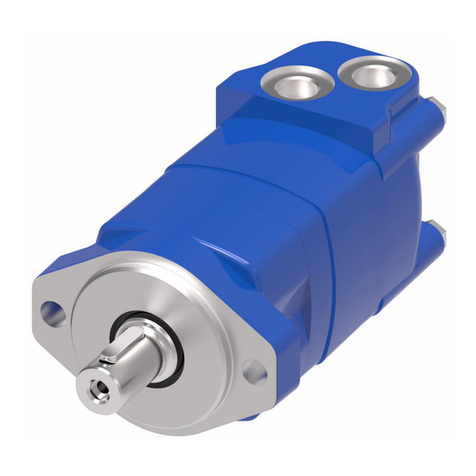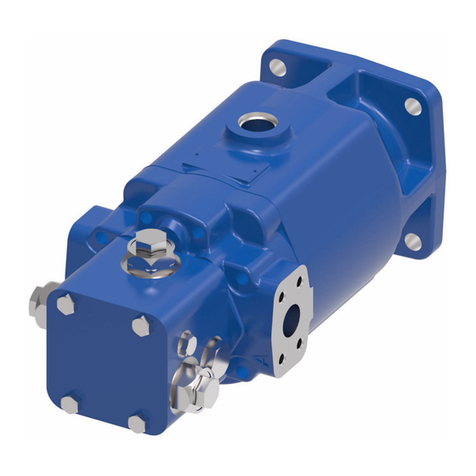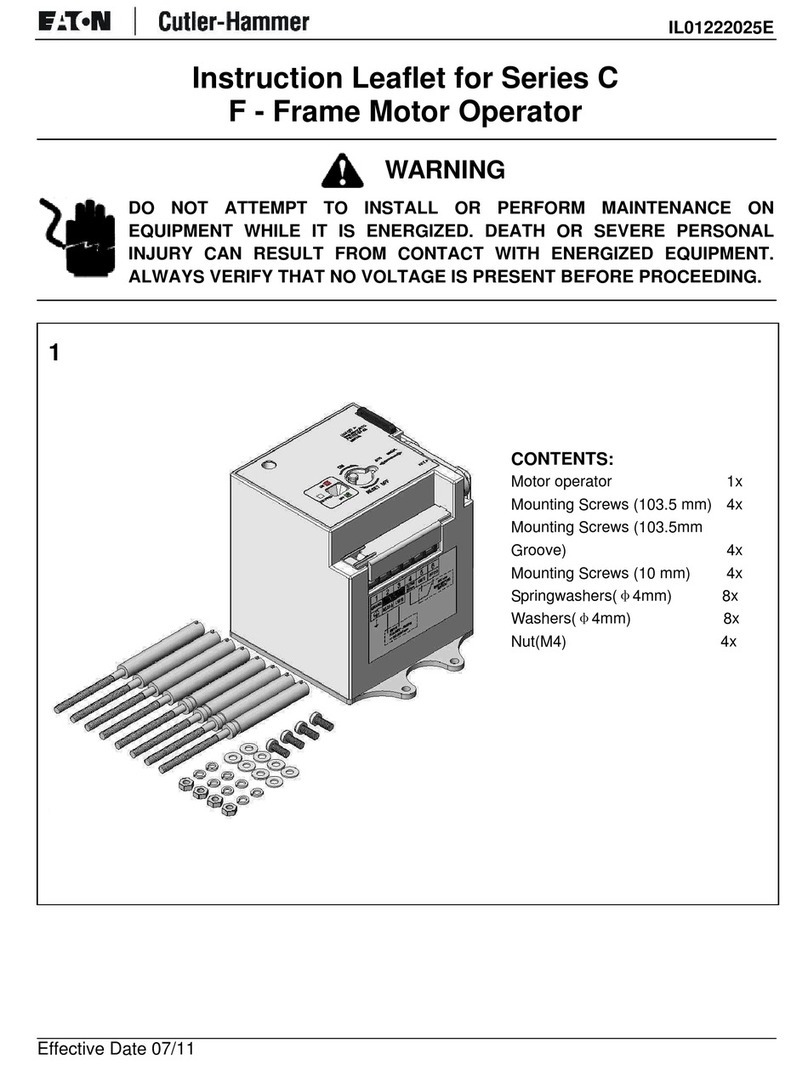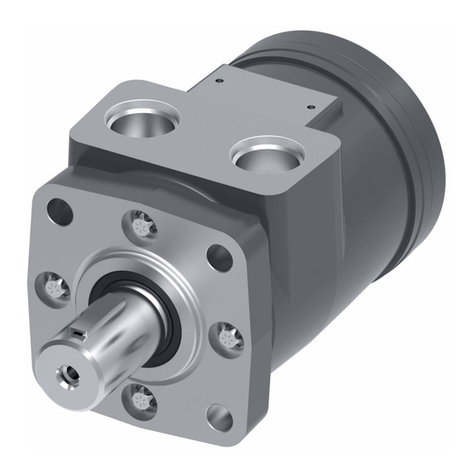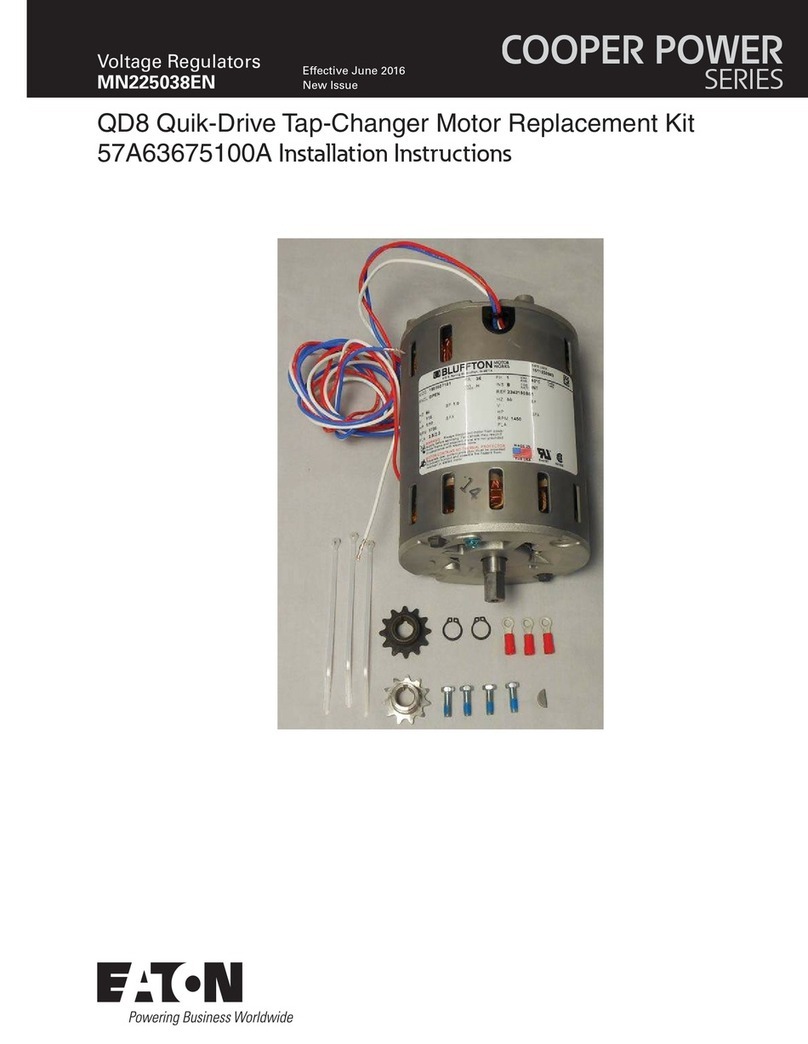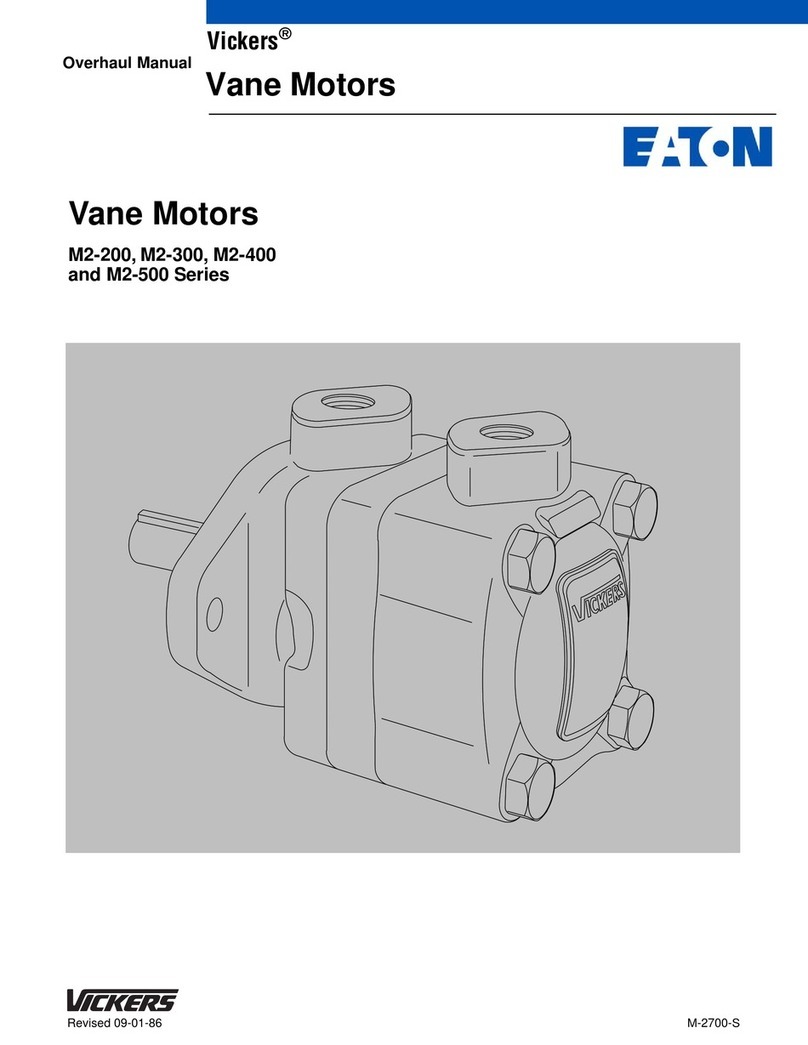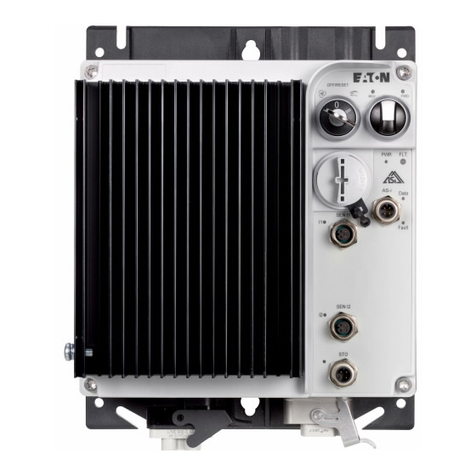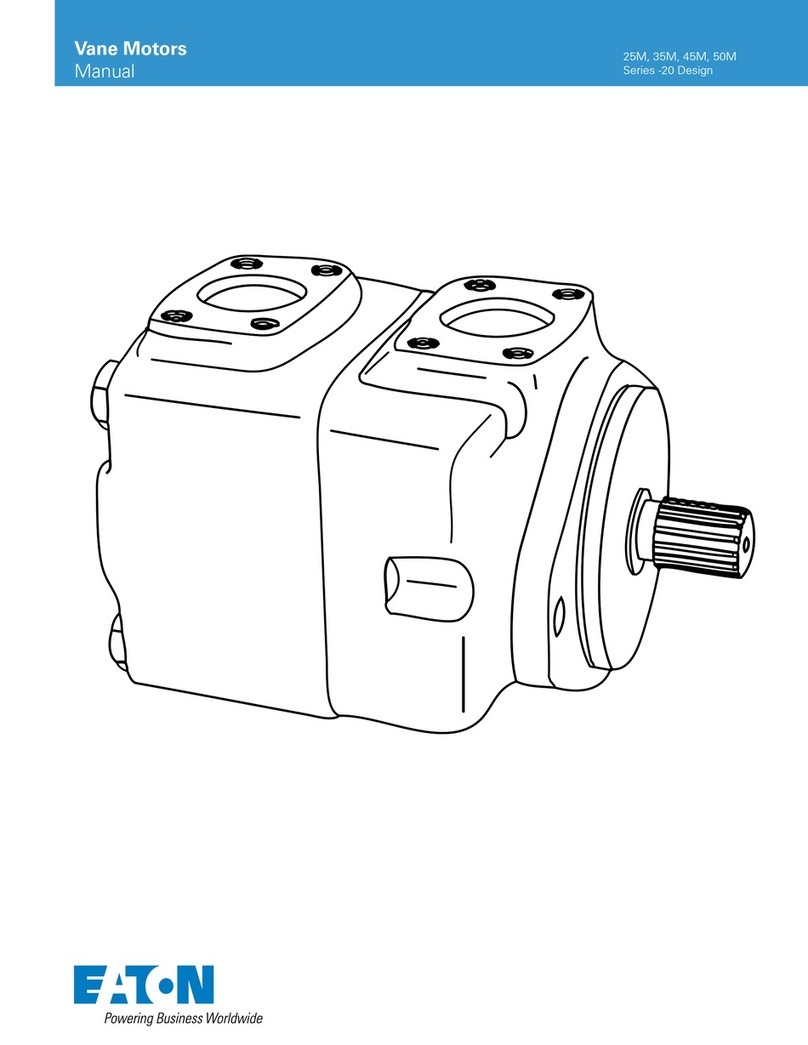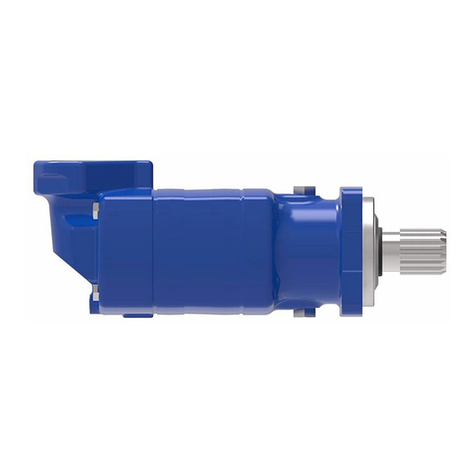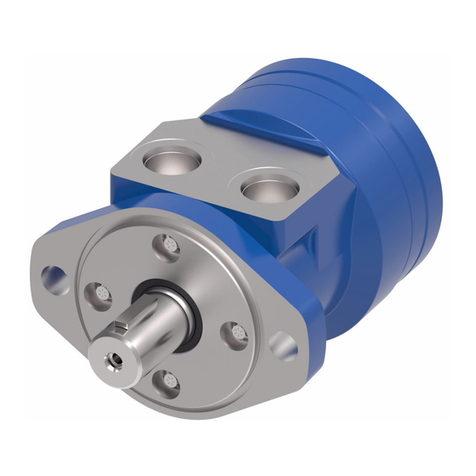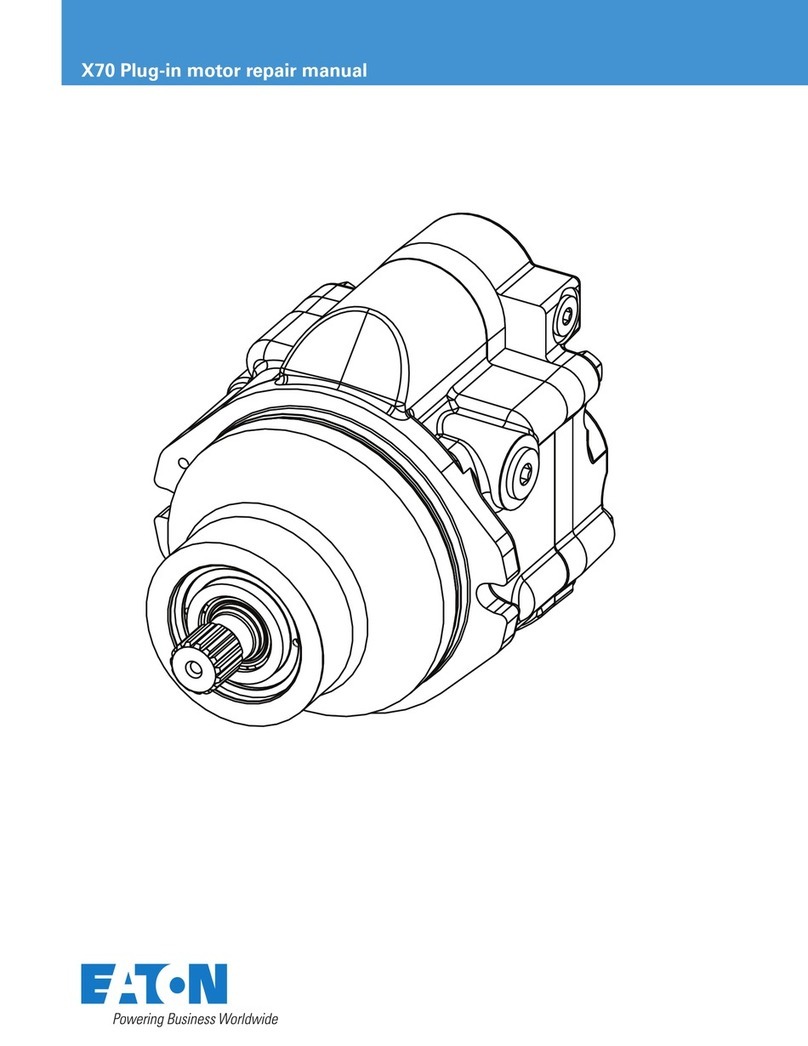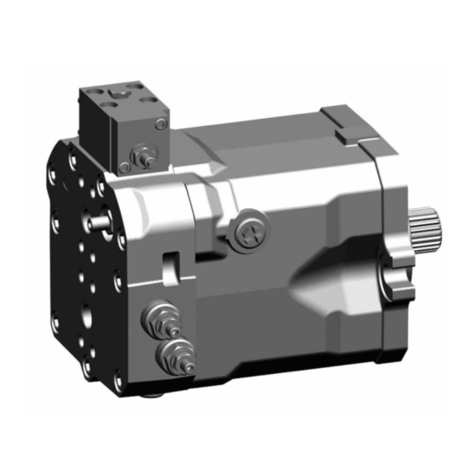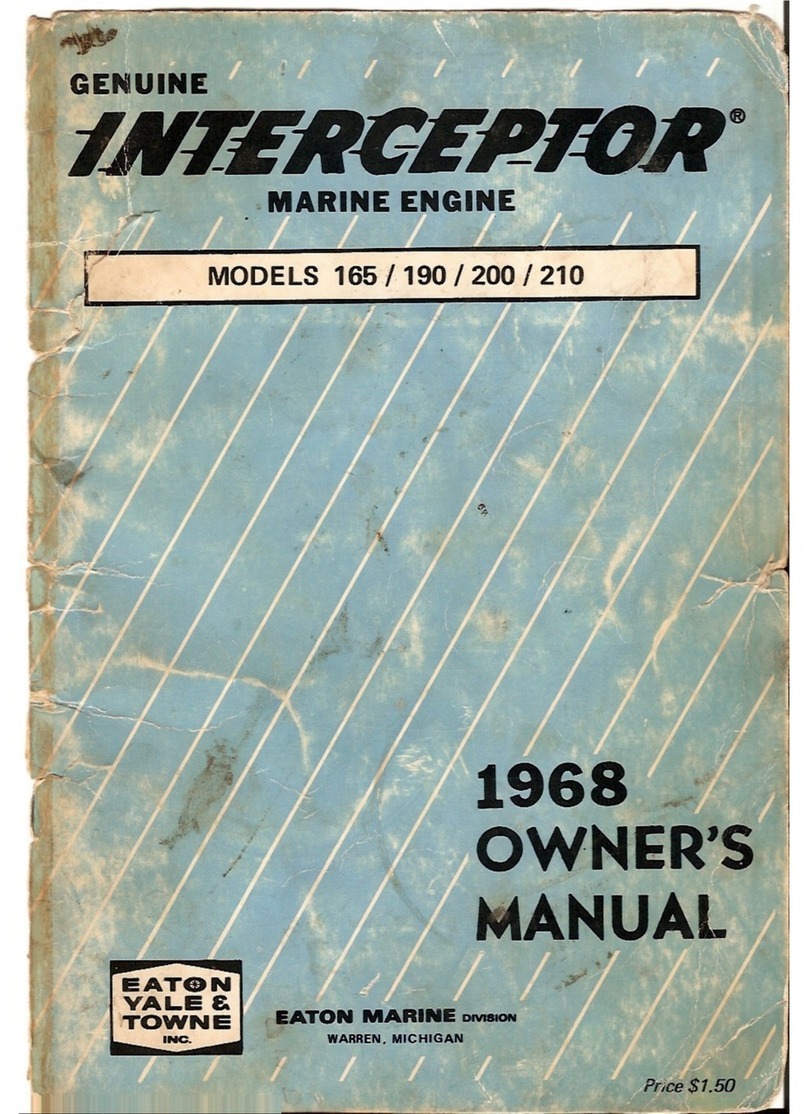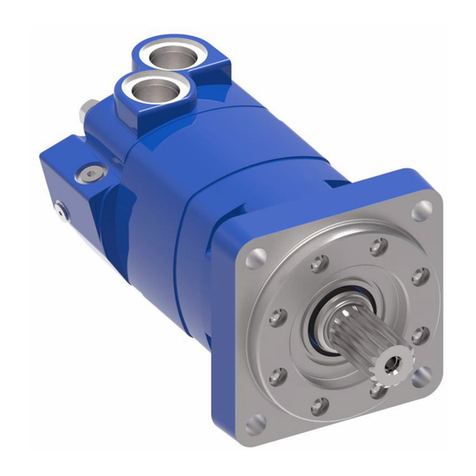BREAK.IN PERIOD
Reasonable care ln the operatlon of the motor during
the first several hours of use wlll lmprove lts per-
formance and insure longer life. Follow the oiling
instructions galsfrrlly. Do not run continuouslyatfull
speed for the first few hours, to give the rlngs and
bearings a chance
to becomewell seated. The motor
may not develop full speed and power until after ap-
prodmately 20 hours operatlon. No extra oil ls
required for the break-in period.
STARTING AND OPERATING INSTRUCTIONS
See
Ftg. 3.
1. Open air vent screw in fuel tank flller cap.
2. Open fuel shut-off valve under fuel tank.
3. Move speed control lever to position marked
START.
4. Turn carburetor knob to left or PRIME pcsiHon
andhold downagainst spring pressure for l0secondsl
t}ten release.
5. Pull starter handle slowly until starter engages,
then pull forcibiy. If motor does not start after
several pulls, repeat priming instructlons. Allow
starter cord to rewind before releaslnghandle. AIso,
do not pull cord out more than 30 inches.
6. After motor starts, turn carburetor knob slowly
to right until motor runs smootily. Advance speed
control lever as desired.
?. Advance speed control lever to FAST position
andadjust carburetor knob untll motor runs smoothly.
Since the speed control lever and carburetor control
are synchronized, the full range of speedis obtained
without further adjustment of the carburetor knob,
except when under unusual conditlons.
8. To stop motor, move speed control lever to
position marked STOP or beyond.
NOTE
The above starting instructlons are given in
step by step form - it is advisable to become
familiar with each detail prior to actually
operating the motor. A few moments spent
in practice are weII worth while.
Operatlon of Your Motor
WARII MOTOR
It ts not necessary to prime motor whenstartlng if
motor has been warmed up. Motor can usually be
started with carburetor knob in runnlng position
and pulltng starter handle with speed control lever
at START position.
;IOODING
Floodtng may occur by over-primlng or priming a
warm motor. If this occurs, turn carburetor knob
to extreme rtght (lean posttlon) and pull starter
handle several times. When motor starts, allow to
run until it stops. Thenfollow instructions for start-
ing cold or y/arm motor, whichever applies.
REVERSE
An lmportant feature of the motor is that it can be
turned completely around in its pivot bearing., per-
mittlng backtng up and easy maneuverability. To
reverse, simply raise the steerlng handle and turn
the motor around to REVERSE position. With the
motor in reverse positlon, the reverse lock (Fig.
4) prevents the thrust of the propeller from forcing
the lower unlt out of the water. The reverse lock
should be kept lubricated with grease and checked
periodically forproperoperation. For SAFETY SAKE
do not attempt to reverse motor at any speedhigher
than half throttle.
Be careful not to strike submergedobstructlon
when in REVERSE - motor does not tilt
in reverse position.
REfiIOVING TTOTOR FROTI BOAT
When removing motor from boat, llft motor in a
straight upward position and hold this position for
a brief period until all water is drained frorr the
underwater exhaust tube and qater cooling system.
Do not stand motor on magneto or carry with the
magneto down before draining water, as this may
allow water to enter the powerhead from under-
water exhaust tube. Toward end of run, just before
stoppingmotor, close FUEL SHUT-OFF VALVE and
permlt motor to run until it stops, draining carbure-
tor. Close carburetor adjusting knob andvent screw
in filler cap. The motor can then be carried without
leakage. For complete safety, emptyfuel tank when
transporting motor.
FI
LLER
CAP CLOSEDi CARBURETOR
KNOB
SHEAR .. ,, .i
'.1i,,
,
p l N ::::::::,,,..........::,,,tt,,
.ii:il
LEFT RIGHT
FUE!SHUT.OFF
SIARTER
HANDIE
SPEED
CONTROT
IEVER PROPELLER
ASSY



